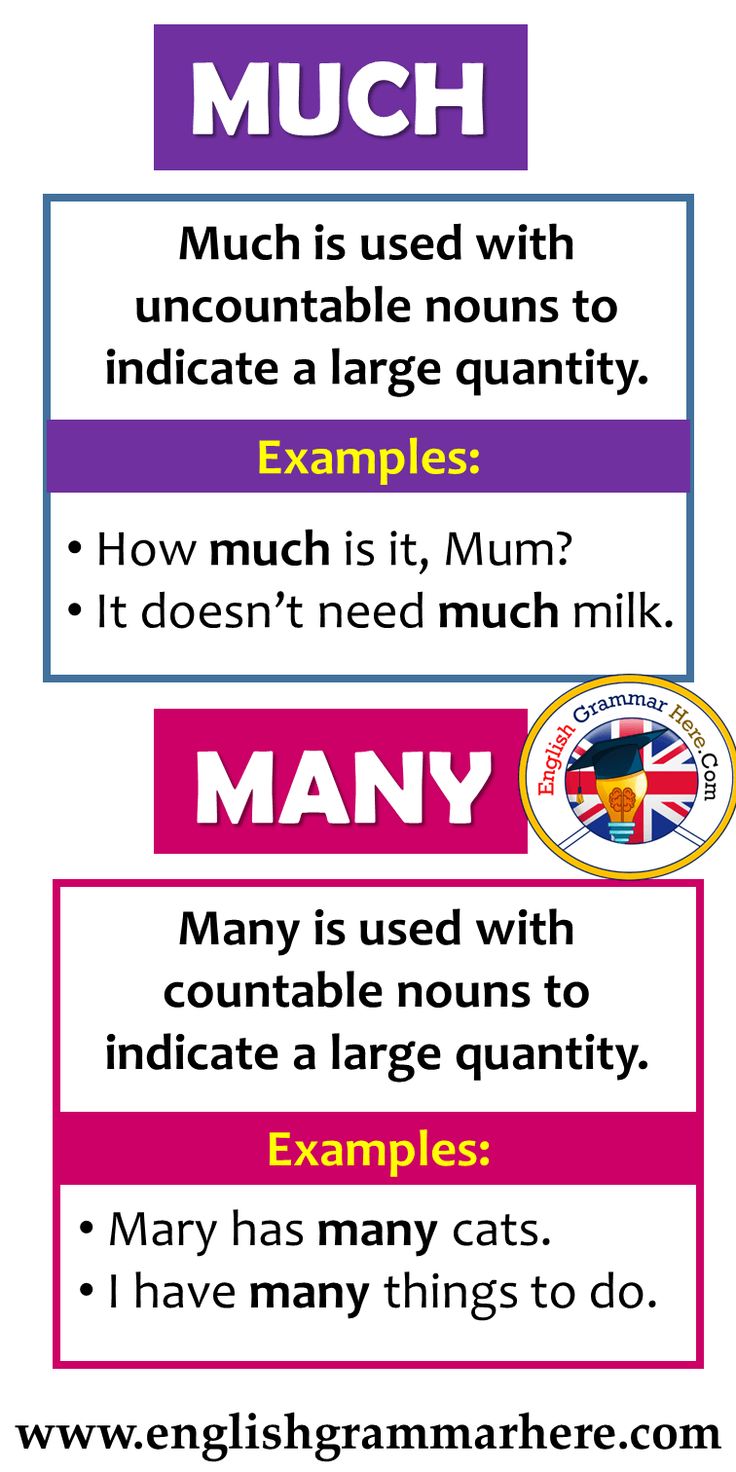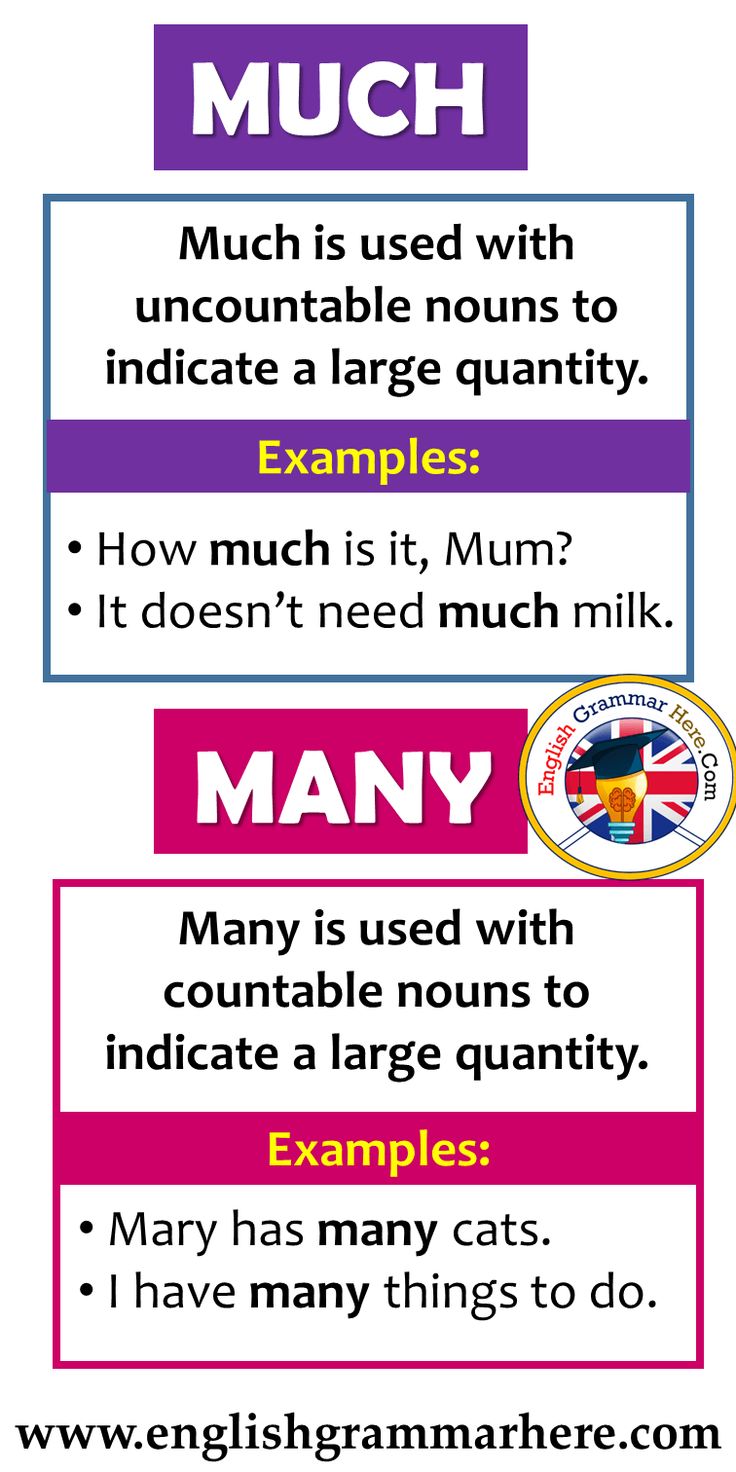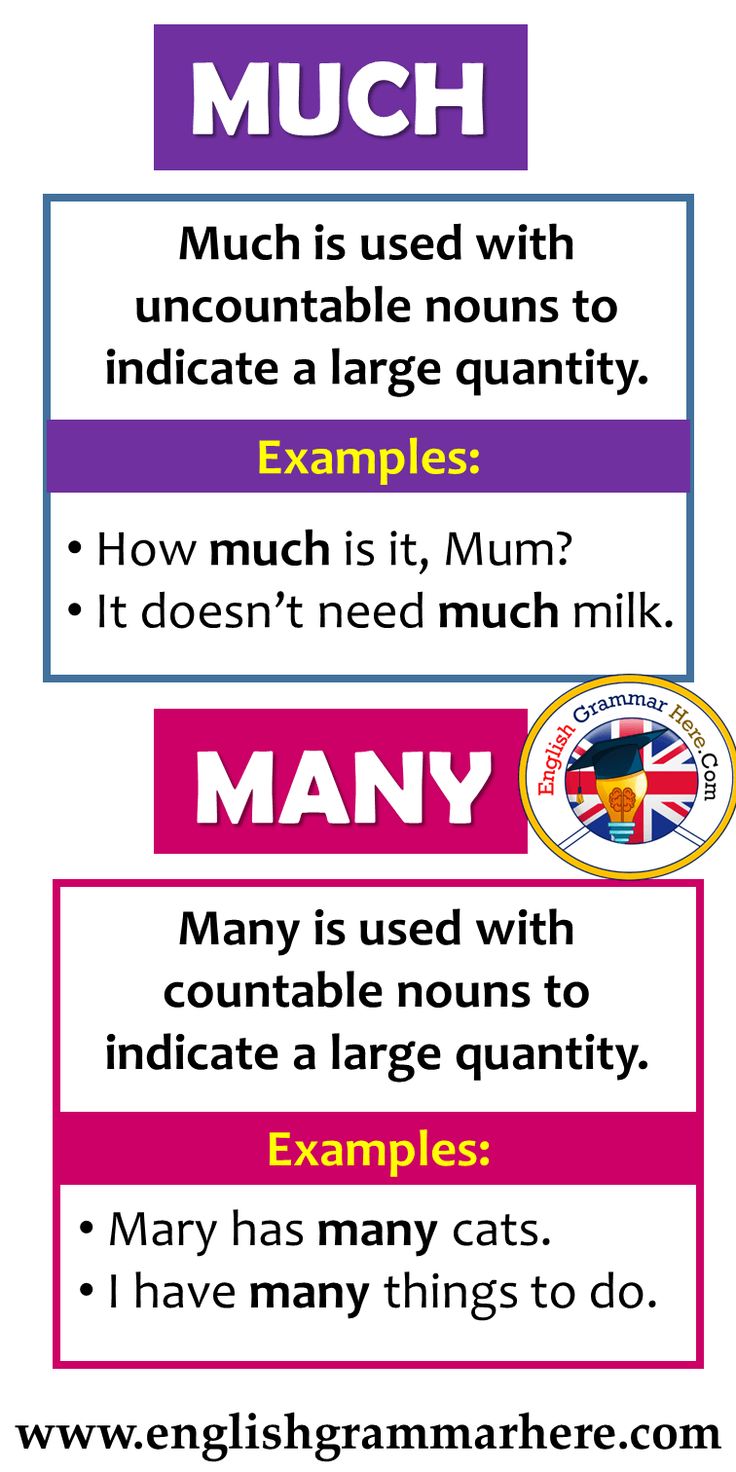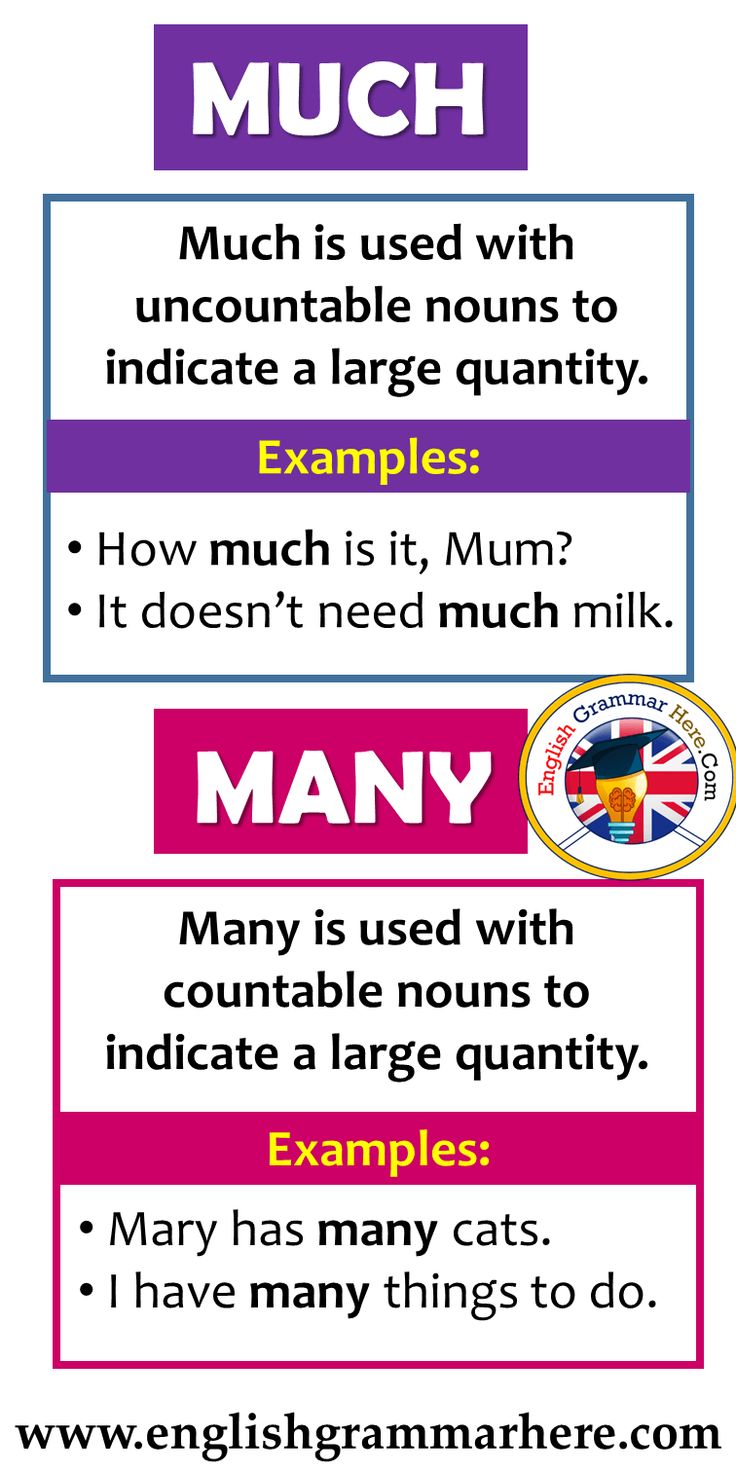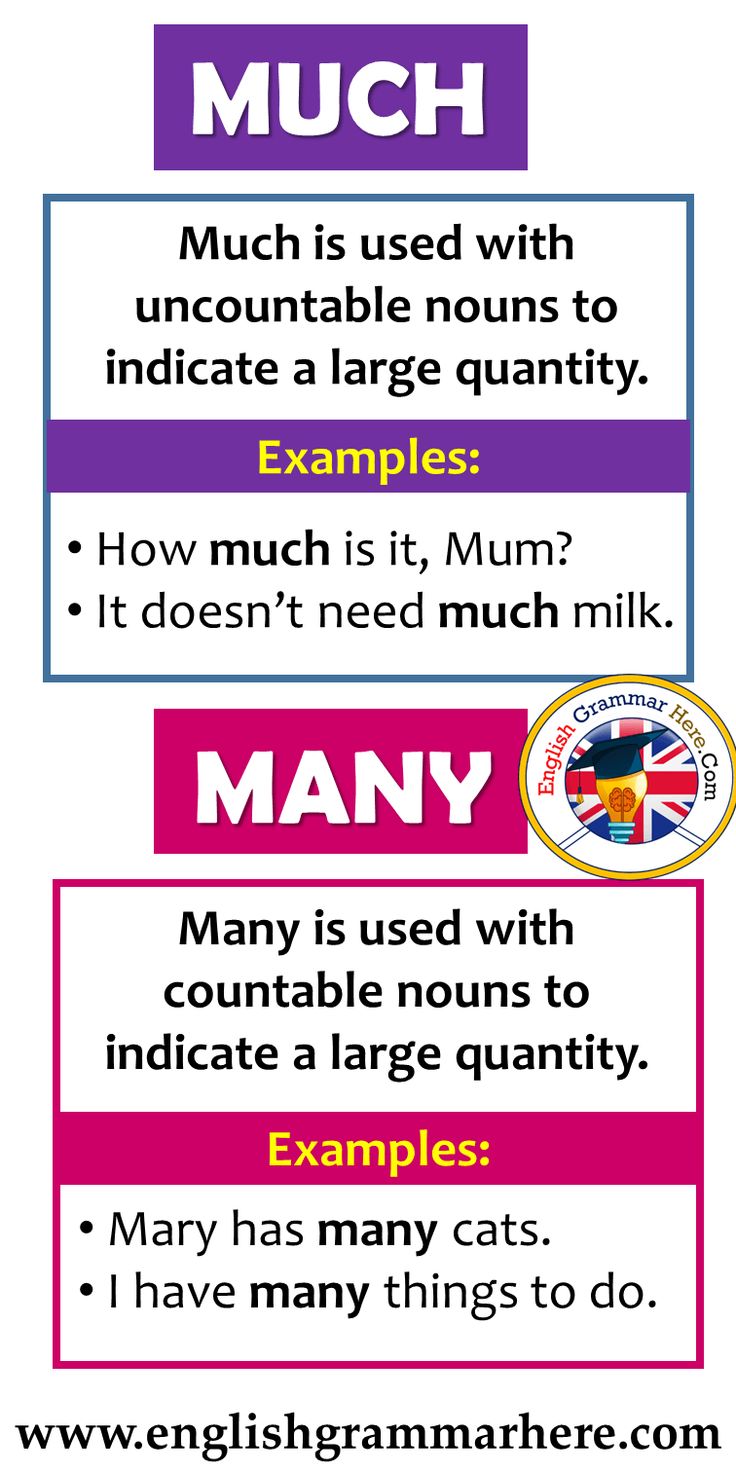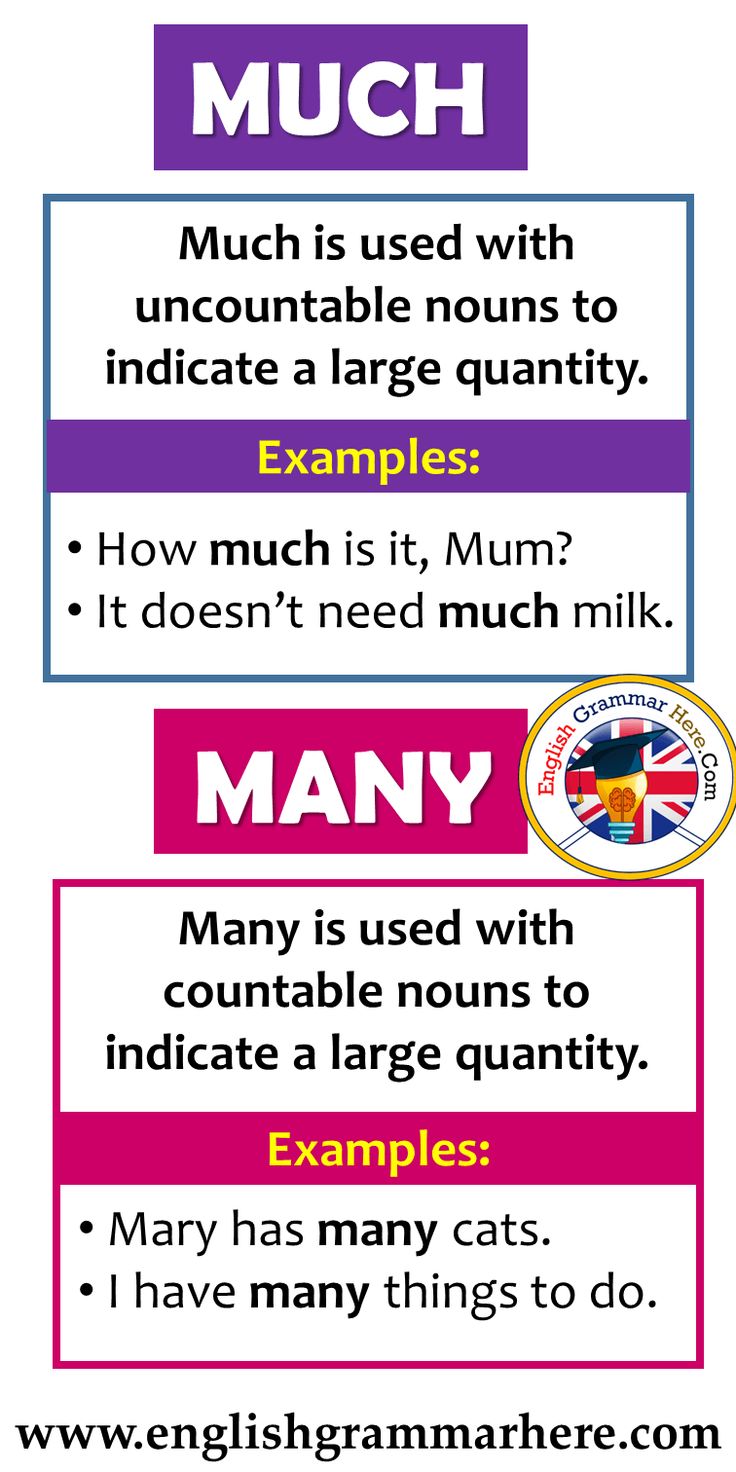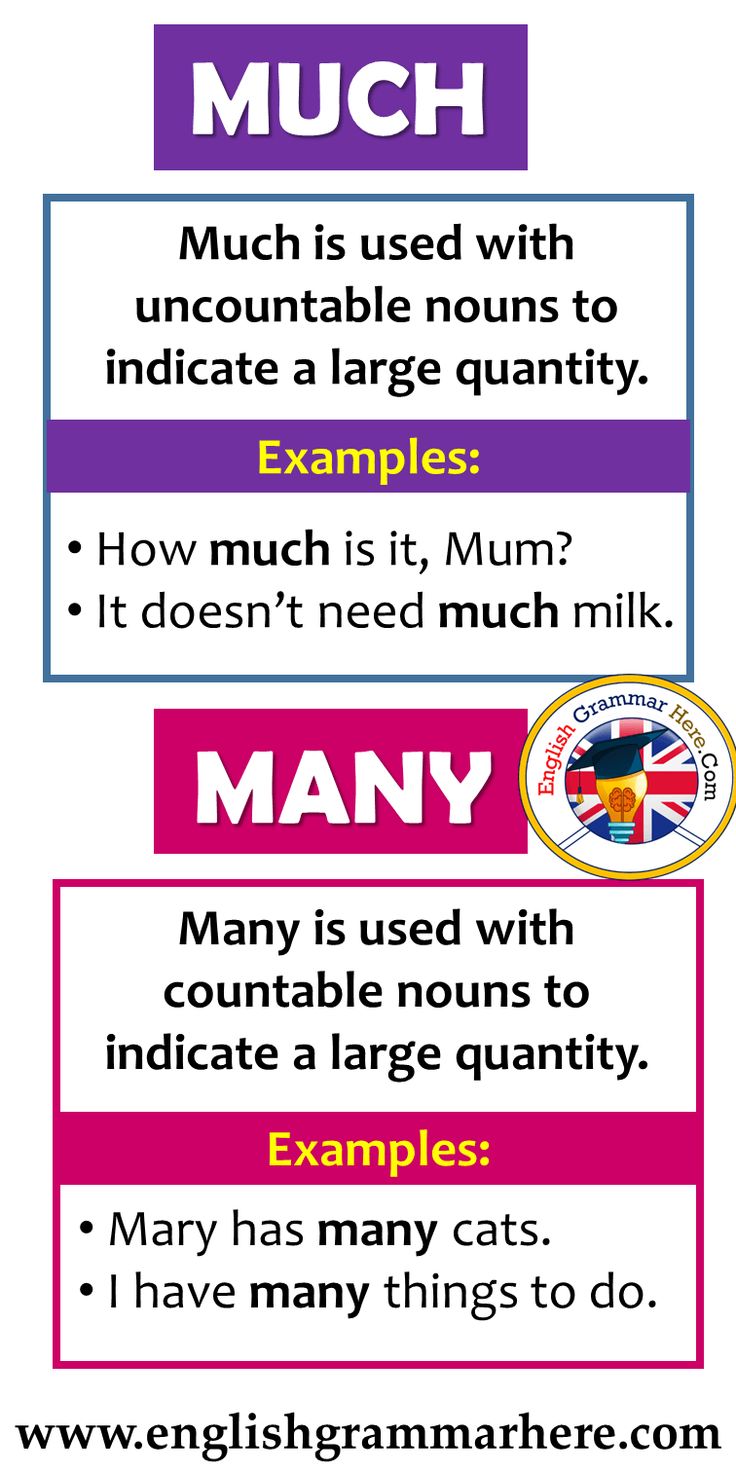How Much Do Brake Pads Cost Jeep Wrangler: A Comprehensive Guide
How Much Do Brake Pads Cost Jeep Wrangler: A Comprehensive Guide jeeps.truckstrend.com
The iconic Jeep Wrangler is synonymous with adventure, off-road capability, and a robust build. Whether you’re navigating city streets or conquering rugged trails, your Wrangler’s braking system is paramount to your safety and the vehicle’s performance. At the heart of this system are the brake pads, crucial components that wear down over time and require periodic replacement. Understanding "How Much Do Brake Pads Cost Jeep Wrangler" isn’t just about budgeting; it’s about making informed decisions for the safety and longevity of your beloved vehicle.
This comprehensive guide will delve into the various factors influencing the cost of brake pads for your Jeep Wrangler, explore different types and their implications, weigh the pros and cons of DIY versus professional installation, and provide practical advice to help you manage this essential maintenance task effectively.
How Much Do Brake Pads Cost Jeep Wrangler: A Comprehensive Guide
Understanding Brake Pad Costs for Your Jeep Wrangler
The cost of replacing brake pads on a Jeep Wrangler isn’t a fixed number. It’s a dynamic figure influenced by several key factors. These factors encompass the type of brake pad material, the brand you choose, whether you opt for a DIY installation or professional service, and even the specific model year of your Wrangler. Let’s break down these elements to give you a clearer picture.
Factors Influencing Brake Pad Cost
-
Type of Brake Pad Material: This is arguably the most significant cost differentiator. Brake pads come in various formulations, each offering different performance characteristics, durability, and price points.
- Organic (Non-Asbestos Organic – NAO): These are typically the least expensive option. Made from natural materials like glass, rubber, carbon, and resins, they are quiet and produce less dust. However, they wear faster, especially under heavy braking or off-road conditions, and have lower heat resistance.
- Semi-Metallic: A popular choice for Wranglers, these pads contain 30-65% metals like copper, iron, steel, or brass, mixed with fillers and a friction modifier. They offer better braking performance, higher heat resistance, and longer life than organic pads, making them suitable for both daily driving and light off-roading. They can, however, be noisier and produce more dust.
- Ceramic: The premium option, ceramic pads are made from ceramic fibers, fillers, and bonding agents. They offer superior braking performance, exceptional heat dissipation, very low dust production, and quiet operation. They are ideal for those seeking top-tier performance and minimal maintenance, but they come at the highest price.


Brand and Quality: Just like any automotive part, brake pads are available from various manufacturers, ranging from Original Equipment Manufacturer (OEM) parts to a vast array of aftermarket brands.
- OEM (Original Equipment Manufacturer): These are the pads designed and supplied by Jeep/Mopar. They guarantee a perfect fit and performance identical to your vehicle’s original specifications but are typically the most expensive.
- Aftermarket Brands: This category offers a wide spectrum of choices.
- Premium Aftermarket: Brands like EBC, PowerStop, Hawk, and Brembo offer pads that often exceed OEM performance, especially for specific needs like heavy-duty towing or extreme off-roading. They are priced competitively with, or sometimes higher than, OEM pads.
- Mid-Range Aftermarket: Brands like Wagner, Raybestos, and Akebono provide reliable performance at a more affordable price point, suitable for most daily drivers and light off-roaders.
- Budget Aftermarket: While tempting due to low cost, these pads may compromise on durability, noise, and overall braking performance. It’s generally not recommended to skimp on critical safety components like brakes.

-
Jeep Wrangler Model and Year: While brake pads are generally specific to an axle (front or rear), slight variations can exist between different Wrangler generations (YJ, TJ, JK, JL) due to differences in caliper design and rotor size. Newer models or those with specific heavy-duty brake packages might require slightly different, potentially more expensive, pads.
-
Location of Purchase: Where you buy your brake pads can also impact the price.
- Online Retailers: Often offer the most competitive prices due to lower overheads.
- Auto Parts Stores (e.g., AutoZone, Advance Auto Parts): Provide convenience and immediate availability, with prices typically falling between online and dealership rates.
- Dealerships: Usually the most expensive source for parts, but they guarantee genuine OEM components.
Types of Brake Pads for Jeep Wranglers (Detailed)
Choosing the right brake pad type for your Wrangler depends heavily on your driving habits and intended use.
- Organic (NAO) Pads: Best for light-duty, daily driving where quiet operation and minimal dust are priorities. Not recommended for serious off-roading or heavy towing with a Wrangler due to their limited heat resistance and faster wear.
- Semi-Metallic Pads: The workhorse for many Wrangler owners. They offer a good balance of performance, durability, and cost. Excellent for general driving, moderate off-roading, and light towing. They handle heat better than organic pads, reducing fade during sustained braking.
- Ceramic Pads: The top-tier choice for those who demand the best. If you frequently engage in demanding off-road excursions, heavy towing, or simply want the quietest operation with the least amount of brake dust, ceramic pads are worth the investment. While they cost more upfront, their longevity and superior performance can justify the price.
DIY vs. Professional Installation: Cost and Considerations
Once you have the brake pads, the next major cost factor is whether you install them yourself or hire a professional.
DIY (Do-It-Yourself) Installation
- Pros:
- Significant Cost Savings: You only pay for the parts.
- Learning Experience: A great way to understand your vehicle and gain mechanical skills.
- Convenience: You can do it on your own schedule.
- Cons:
- Time and Effort: It can be time-consuming, especially for first-timers.
- Tools Required: You’ll need basic tools like a jack, jack stands, lug wrench, socket set, C-clamp or brake caliper piston tool, and potentially a torque wrench.
- Risk of Error: Incorrect installation can compromise braking performance and safety.
- No Warranty on Labor: If something goes wrong due to your installation, you’re on your own.
- Basic Process (Briefly): Jack up the vehicle, secure with jack stands, remove the wheel, unbolt the caliper, remove old pads, compress the caliper piston, insert new pads, reassemble, bleed brakes if necessary, and test thoroughly.
Professional Installation
- Pros:
- Expertise and Safety: Trained technicians ensure correct installation, adhering to safety standards.
- Warranty: Most shops offer a warranty on parts and labor, providing peace of mind.
- Convenience: Saves you time and effort.
- Comprehensive Inspection: Technicians will inspect other brake components (rotors, calipers, lines) and advise on any additional necessary repairs.
- Cons:
- Higher Cost: You pay for labor in addition to parts.
- Scheduling: You’ll need to make an appointment.
- What to Expect: A professional brake job usually includes a thorough inspection, replacement of brake pads, and often resurfacing or replacement of rotors if they are worn or warped. They will also check brake fluid levels and caliper function.
Beyond Brake Pads: Related Costs to Consider
When replacing brake pads, it’s crucial to consider other components of your braking system that might also need attention. Ignoring these can lead to premature wear of your new pads or compromised braking performance.
- Rotor Replacement/Resurfacing: Rotors (discs) are the surfaces the pads clamp onto. If they are warped, grooved, or below minimum thickness, they will need to be resurfaced (machined flat) or replaced. Resurfacing is cheaper but only possible if the rotors have enough material left. Rotor replacement typically costs $50 – $150 per rotor for parts, plus labor.
- Brake Fluid Flush: Brake fluid absorbs moisture over time, which can lead to corrosion and reduced braking efficiency. A fluid flush and replacement is recommended every 2-3 years and typically costs $80 – $150.
- Caliper Inspection/Replacement: Calipers house the brake pads and pistons. If a caliper is sticking or leaking, it will need to be repaired or replaced. A new caliper can cost $70 – $200 per unit, plus labor.
- Brake Hardware Kit: These kits include clips, pins, and springs that ensure the pads move freely and quietly. They are inexpensive (typically $10 – $30 per axle) and often replaced with new pads.
Tips for Saving Money on Brake Pad Replacement
- Shop Around for Parts: Compare prices from online retailers, local auto parts stores, and even independent mechanics for the best deals on quality brake pads.
- Consider Quality Aftermarket Brands: While OEM is reliable, many reputable aftermarket brands offer equivalent or superior performance at a better price.
- Perform DIY if Comfortable: If you have the tools, time, and mechanical aptitude, replacing your own brake pads can save you hundreds in labor costs.
- Don’t Delay Maintenance: Waiting until your pads are metal-on-metal will almost certainly lead to rotor damage, significantly increasing your overall repair bill. Address warning signs promptly.
- Practice Smooth Driving Habits: Aggressive braking wears down pads much faster. Anticipate stops and brake gradually to extend pad life.
Signs Your Jeep Wrangler Needs New Brake Pads
Being aware of the warning signs can prevent more costly repairs and ensure your safety.
- Squealing or Chirping Noise: Often the first sign, indicating the wear indicators (small metal tabs) are touching the rotor.
- Grinding Noise: A more serious sign, meaning the brake pad material has completely worn away, and the metal backing plate is grinding against the rotor. Stop driving immediately if you hear this.
- Vibration or Pulsation: A pulsating brake pedal or steering wheel vibration when braking often indicates warped rotors, which can be caused by severely worn pads or excessive heat.
- Longer Stopping Distance: If your Wrangler takes longer to stop than usual, your brake pads may be severely worn.
- Brake Warning Light: Some modern Wranglers have a brake pad wear sensor that will illuminate a warning light on your dashboard.
- Visual Inspection: You can often visually check the pad thickness through the wheel spokes. If the pad material looks thin (less than 1/4 inch or about 3-4mm), it’s time for replacement.
Brake Pad Cost Table for Jeep Wrangler
Here’s a comprehensive price table illustrating the typical costs associated with Jeep Wrangler brake pad replacement. Prices are estimates and can vary based on location, specific parts, and labor rates.
| Component/Service | Pad Material Type | Brand/Quality | DIY Part Cost (Front Set) | DIY Part Cost (Rear Set) | Professional Labor Cost (Front) | Professional Labor Cost (Rear) | Total Professional Cost (Front) | Total Professional Cost (Rear) |
|---|---|---|---|---|---|---|---|---|
| Brake Pads Only | Organic (NAO) | Budget Aftermarket | $30 – $60 | $30 – $60 | N/A | N/A | N/A | N/A |
| Semi-Metallic | Mid-Range Aftermarket | $50 – $100 | $50 – $100 | N/A | N/A | N/A | N/A | |
| Semi-Metallic | OEM / Premium Aftermarket | $80 – $150 | $80 – $150 | N/A | N/A | N/A | N/A | |
| Ceramic | Premium Aftermarket | $100 – $200 | $100 – $200 | N/A | N/A | N/A | N/A | |
| Brake Pads + Rotor Resurfacing | Semi-Metallic | Mid-Range Aftermarket | N/A (Labor for resurfacing) | N/A | $100 – $180 | $100 – $180 | $150 – $280 | $150 – $280 |
| Brake Pads + Rotor Replacement | Semi-Metallic | Mid-Range Aftermarket | N/A | N/A | $120 – $220 | $120 – $220 | $250 – $450 | $250 – $450 |
| Ceramic | Premium Aftermarket | N/A | N/A | $120 – $220 | $120 – $220 | $300 – $550 | $300 – $550 | |
| Additional Potential Costs | ||||||||
| Brake Fluid Flush | N/A | N/A | N/A | N/A | $80 – $150 (Service) | N/A | $80 – $150 (Service) | N/A |
| Brake Caliper Replacement (Each) | N/A | N/A | $70 – $200 (Part) | $70 – $200 (Part) | $80 – $150 (Labor) | $80 – $150 (Labor) | $150 – $350 (Total) | $150 – $350 (Total) |
| Brake Hardware Kit (Per Axle) | N/A | N/A | $10 – $30 | $10 – $30 | Often included in labor | Often included in labor | Often included in total | Often included in total |
Note: "Total Professional Cost" includes parts and labor. Prices are per axle (front or rear). It is highly recommended to replace brake pads in pairs on the same axle.
Frequently Asked Questions (FAQ)
Q1: How often do Jeep Wrangler brake pads need to be replaced?
A1: On average, Jeep Wrangler brake pads typically last between 30,000 to 70,000 miles. However, this can vary significantly based on driving style (aggressive vs. gentle), terrain (city driving, highway, off-roading), and the type of brake pads used. Off-road enthusiasts or those who frequently tow will likely need replacements more often.
Q2: Can I replace brake pads myself on a Jeep Wrangler?
A2: Yes, replacing brake pads on a Jeep Wrangler is a common DIY task for those with basic mechanical skills and the right tools. There are many online tutorials available. However, if you are unsure or lack confidence, it’s always safer to have a professional perform the job.
Q3: What’s the difference between organic, semi-metallic, and ceramic pads for a Wrangler?
A3: Organic pads are quiet and affordable but wear faster and offer less heat resistance. Semi-metallic pads are a good all-around choice, offering better performance and durability for most driving conditions, including light off-roading. Ceramic pads are the premium option, providing superior braking, low dust, and quiet operation, ideal for demanding use or those prioritizing comfort.
Q4: Do I need to replace rotors when I replace brake pads?
A4: Not always, but it’s highly recommended to at least have your rotors inspected and, if necessary, resurfaced or replaced. If rotors are warped, grooved, or below minimum thickness, new pads will wear unevenly and braking performance will be compromised. In many cases, especially for Wranglers that see heavy use, replacing rotors along with pads is the best practice for optimal braking.
Q5: Why are brake pad costs different at a dealership vs. an independent shop?
A5: Dealerships typically use OEM parts, which are often more expensive, and tend to have higher labor rates to cover their overhead and specialized equipment. Independent shops may offer a wider range of aftermarket parts and often have lower labor rates, making them a more budget-friendly option while still providing quality service.
Conclusion
Understanding "How Much Do Brake Pads Cost Jeep Wrangler" involves more than just a single price tag; it’s about appreciating the various factors that contribute to the overall expense. From the type of brake pad material to the choice between DIY and professional installation, each decision impacts both your wallet and, more importantly, your safety.
Investing in quality brake pads and ensuring timely replacement is not merely a maintenance chore; it’s a critical investment in the safety, performance, and reliability of your Jeep Wrangler. By being informed, recognizing the signs of wear, and choosing the right components for your driving needs, you can ensure your Wrangler continues to stop as effectively as it goes, ready for every adventure on and off the road.

